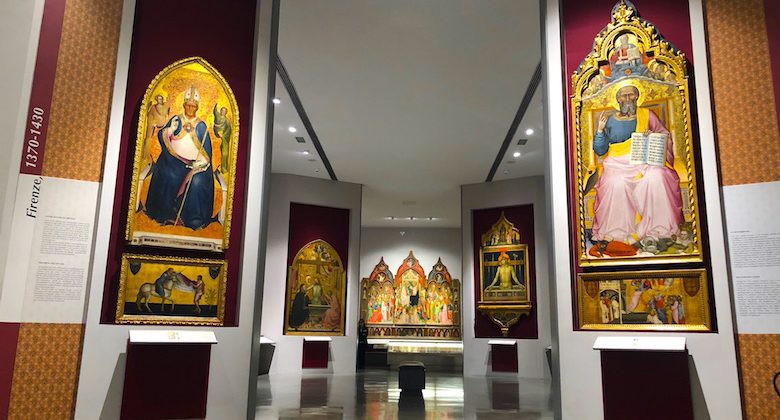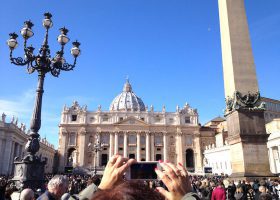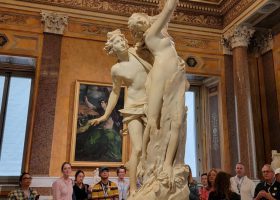The Accademia Gallery is most widely known for exhibiting the authentic version of Michelangelo’s David. This guide will provide information on visiting the gallery’s prestigious repertoire of Renaissance classics and how to get Accademia Gallery tickets.
Pro Tip: Planning what to do on your trip to Florence? Bookmark this post in your browser so you can easily find it when you need it. Check out our guide to Florence for more planning resources, our best Florence tours for a memorable trip, and how to spend a weekend in Florence.
The Accademia Gallery in Florence
If you’re a fan of Italian artist Michelangelo’s work, a visit to the Accademia Gallery is a must while you’re in Florence. It is home to his famed masterpiece, the statue of David—a must-see. In this article, we’ll cover how to get Accademia Gallery tickets and the skip-the-line tours that will guarantee you entry. Also, see what other incredible works of art there are in the gallery.
Accademia Gallery Tickets, Hours, and Tours
Don’t like long lines? Neither do we. The best thing you can do is get your tickets for the Accademia Gallery in advance. You can book a skip-the-line Accademia tour, which will get you in ahead of the crowds and enrich your experience of the gallery. You can also purchase tickets on the Accademia Gallery’s official website. If you plan to buy a ticket at the door, you must enter the gallery before the ticket office closes at 6:20 pm.
Hours: Tuesday – Sunday, 8:15 am to 6:50 pm (Closed on Mondays)
Admission: €12 per adult; Free for children under 18.
Skip-The-Line Accademia Gallery Tours:
- Florence Walking Tour with Statue of David
- Statue of David Evening Tour
- Florence in a Day Combo Tour with David and Uffizi
Accademia Gallery’s Art Collections: What To See
It goes without saying that Michelangelo’s David is the must-see masterpiece in the Accademia Gallery. While you’re there, you might be curious about what other noteworthy pieces there are to see. After all, the David isn’t quite large enough to fill an entire gallery.
Michelangelo’s David
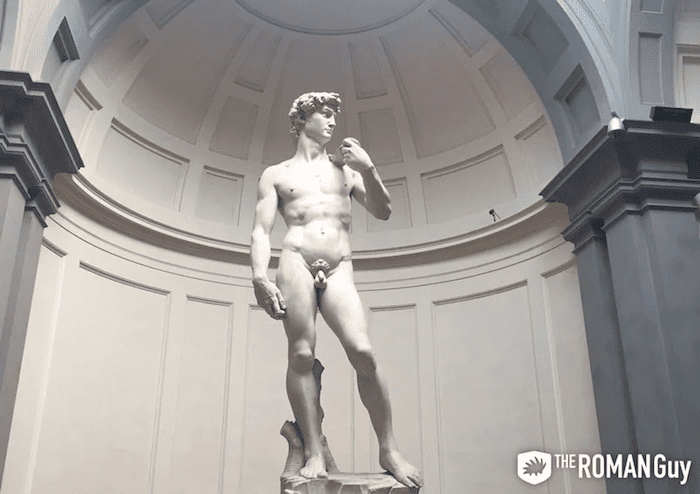
As a revolutionary Renaissance masterpiece, Michelangelo’s David is prominently displayed in one of the main hallways in the Accademia. Florence’s rise to prosperity and wealth is paralleled by the size of the colossal 17-foot-tall statue exemplifying David’s strength and stamina.
If you don’t know the story of David, it comes from the biblical tale of David and Goliath. David saves his town by heroically defeating one of the giants, Goliath, in an unforeseen battle. Most interpretations of the scene portray David with the head of Goliath at his feet. In Michelangelo’s raw depiction, David’s courage before the fight is eminently described in this rendition.
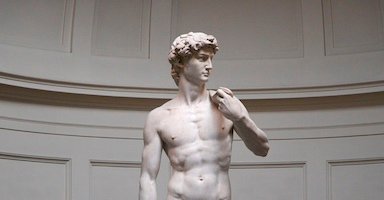
Best Selling Tour
Florence Walking Tour with Statue of David
Michelangelo is considered the greatest Renaissance artist and the David statue is widely known as his masterpeice. Join our English speaking guide as you skip the line to Accademia and see David. Then venture out to see the center of Florence including the Duomo (outside), Baptistry Doors, Leather Market, and more. Admissions included.
See Prices
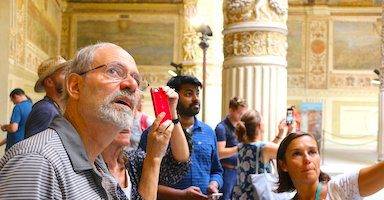
Top Rated Tour
Skip the line Uffizi Gallery Tour
The Uffizi Gallery is the most visited museum in Florence for good reason. Join our English speaking licensed Uffizi guide for a journey through the Medician Renaissance. Learn all the stories behind the very art that brought our world out of the darkness. All admissions included.
See Prices
Not ready to book a tour? Check out what everyone is talking about in Florence!
Michelangelo’s Slaves
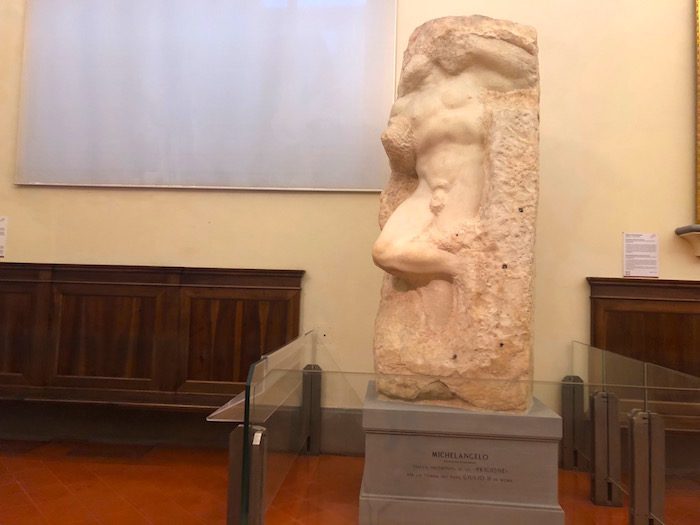
Yes, Michelangelo’s mastery of marble sculptures surpasses his rendition of David. The Accademia showcases four incomplete statues created by Michelangelo shortly after the completion of David. Around 1505, he was commissioned to sculpt a tomb for Pope Julius II.
After stopping for a few years to produce the Sistine Chapel, he resumed his work on the tomb—even after the pope’s death. Although the pope had envisioned 16 slave statues, Michelangelo only completed two of them and left four unfinished.
These statues are prime models for non-finito, a method depicting the difficulties in sculpting with marble. The partial nature of the body’s physique eludes to the internal weight of the material world, stunting the physical world.
Jacopo Di Cione: Coronation of the Virgin
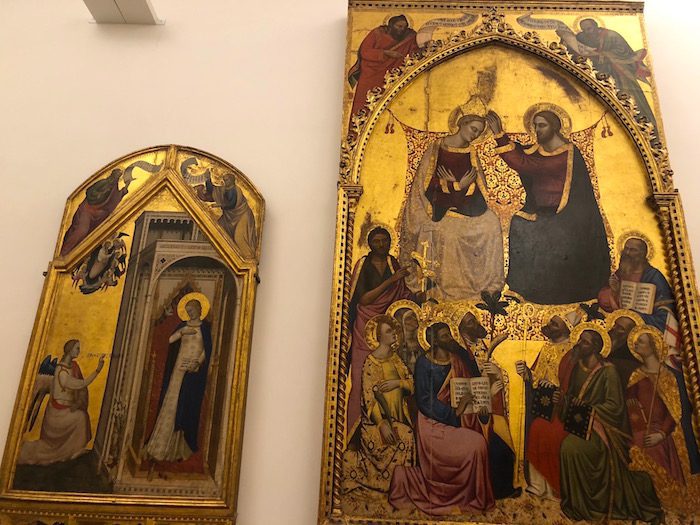
One of the most famous paintings is the Coronation of the Virgin featured in a hall of the Accademia. Originally created as a 12-panel masterpiece, this particular panel depicts Christ and the Virgin along with 10 saints and two prophets beautifully adorned in gold. In the story, Christ crowns Mary as the Queen of Heaven. During the 14th century, Christ and the Virgin are popular subjects represented in Renaissance art.
Jacopo’s interpretation of the story utilizes iconic Renaissance perspective, structure, and detailing. It makes a visit to this masterpiece a worthwhile addition to any trip.
Rape of the Sabines
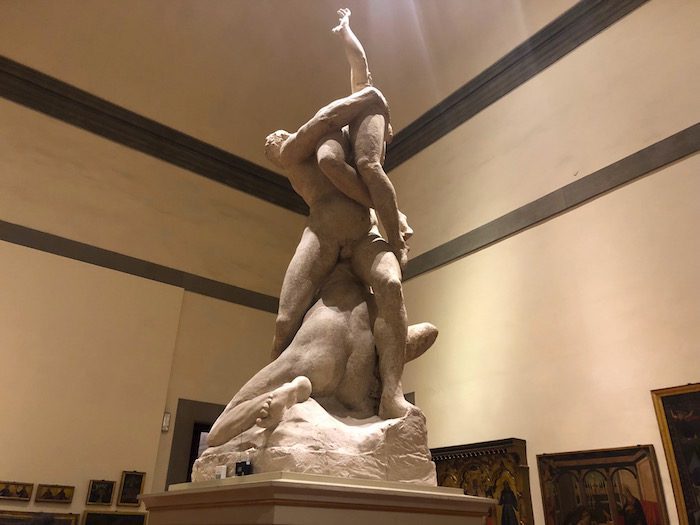
From every angle, the plaster cast model of the Rape of the Sabines by Giambologna is magnificent. Although the original marble structure is located in the Piazza della Signoria, this replica is an exact copy. It’s an impressive addition to the Accademia Gallery.
The sculpture depicts the rape of a Sabine woman by the Romans in 753 B.C. Even though the Sabine army attempted to save many of the captured women, the Roman army fought off the attacks and made the women their wives.
Drawing from Michelangelo’s craftsmanship, Giambologna intertwines figures within his composition to demonstrate the complexity of his story. This method of sculpting multiple figures from one piece of marble is unparalleled and defines Giambologna’s career as a Renaissance classic.
Museum of Musical Instruments
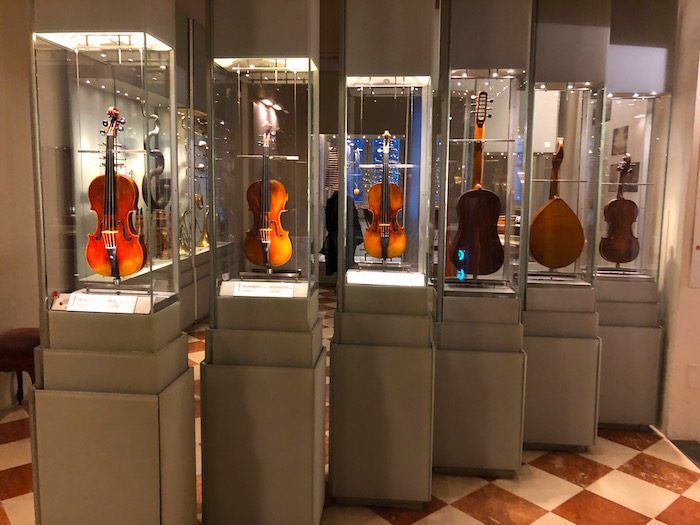
The Accademia has just about every type of Renaissance sculpture or painting, but it can even appeal to your music-loving self. The Museum of Musical Instruments exhibition demonstrates the prominence of music for celebrations and 14th-century Italian culture.
From harpsichords to wind instruments, pianos, violas, and more, this exhibit gives viewers a look into the evolution of musical instruments. We also glimpse the work of musicians who commanded rooms with their rhythm and artistic sound.
Florence Between 1370 and 1430
The first floor of the Accademia will transport you to the late 14th century and the aesthetic vibes of the period. It is almost purposefully hidden from tourists. In this undisturbed area, discover Florentine religion, fashion, architecture, and international Gothic pieces by famous Florentine artists such as Lorenzo Monaco, Gherardo Starnina, and Cennino Cennini.
The area is segmented into multiple hallways with important elements of 14th-century Florence. The bright gold in contrast with the red-carpeted background of the works exudes elegance and class. Both of these were achievements sought after by Florentines at the time.
Tours of Florence

Top Rated Experience
Florence “Locals” Food Tour in Santo Spirito
Why scramble around trying to find a place to eat when you can try some of Florence’s best cuisine with a local Florentine Foodie? Many people never cross the river, but that is where the most local places are! Make your experience more memorable in a small group with our local foodie guide who will take you to some of Florence’s best local spots. Learn about local customs and have an amazing meal. Dinner Included.
See Prices
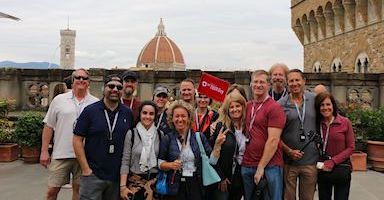
Best Selling Tour
Florence in a Day Combo Tour with David & Uffizi
This tour is your best value in Florence. See Michelangelo’s David statue in the Accademia Gallery with a licensed guide and the Uffizi Gallery. It also visits the Florence Cathedral (outside), Baptistry Doors, Ponte Vecchio, and more. All your admissions are included to skip the lines and visit these great museums with an English speaking guide.
See Prices
Not ready to book a tour? Check out our article on the best Florence tours to take and why.
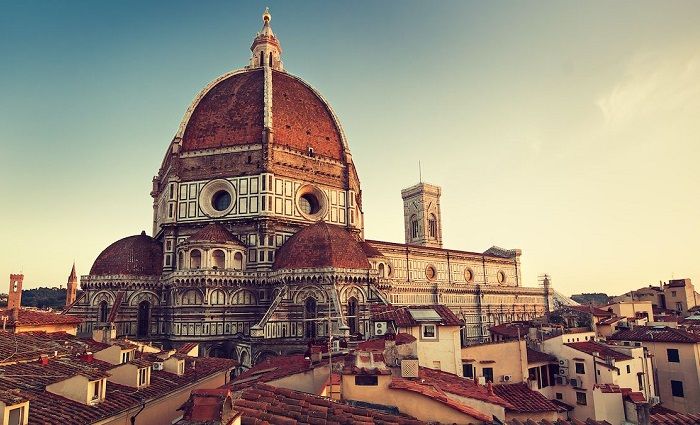
Where to Stay in Florence
Florence has a small historical center packed with iconic landmarks to explore. Plan where to stay in the best neighborhoods in this beautiful city.

